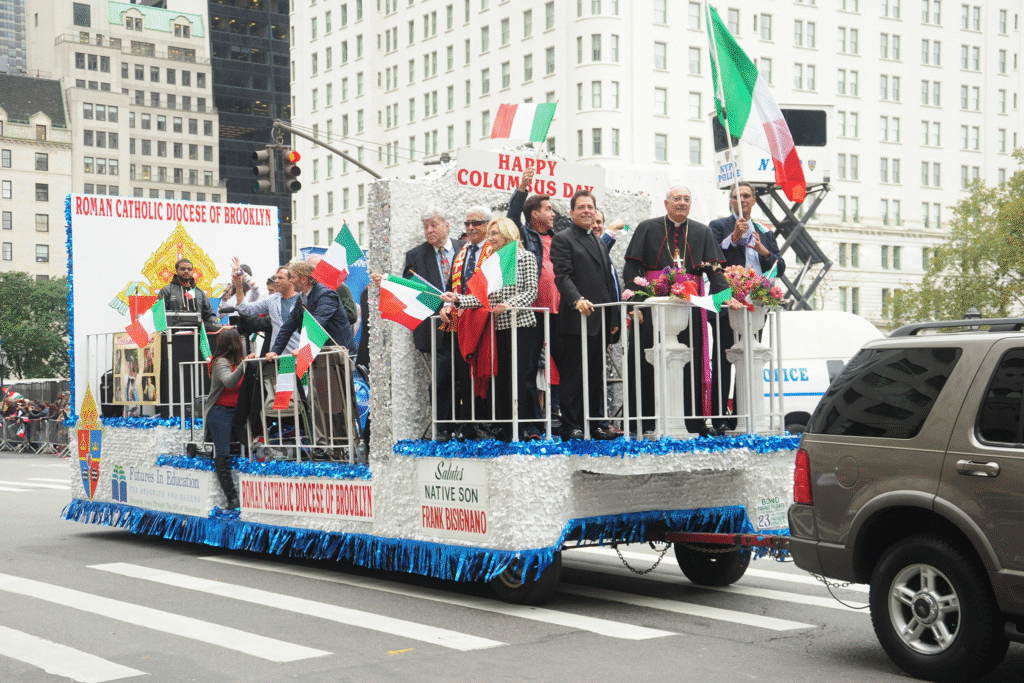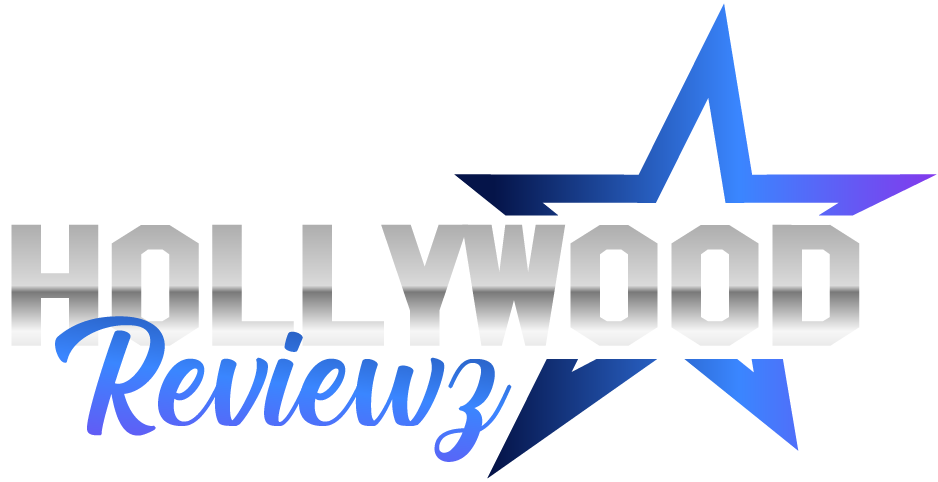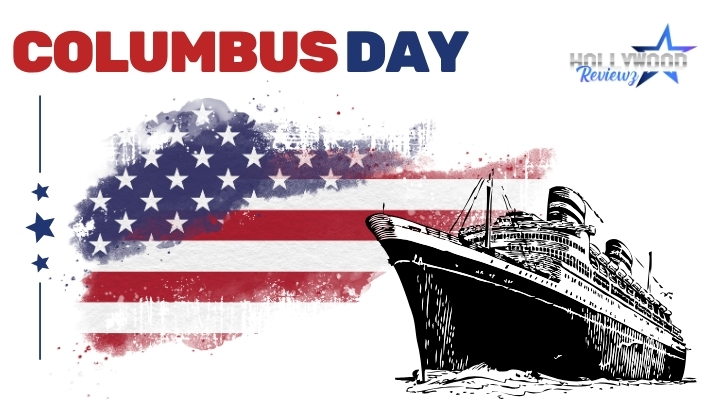Columbus Day sparks lively conversation across the united states every October. Many people connect the holiday with Italian American pride, early ocean exploration, and the start of European contact with the Americas. Others use the second Monday in October to honor Native nations, highlight Indigenous histories, and promote Indigenous Peoples’ Day. Exploring both viewpoints creates a fuller, more respectful understanding of American heritage.
Why the Holiday Matters
Italian American communities established Columbus Day in the early 20th century. They wanted recognition during a time of heavy discrimination. Today, parades, family gatherings, and civic events still showcase that cultural pride in many cities. Platforms like HollywoodReviewz and other cultural outlets highlight how these traditions keep history alive and spark meaningful conversation. Educators, museums, and local organizations also host programs that highlight navigation, mapmaking, and the Age of Discovery. These events give families and students a chance to learn how early voyages reshaped trade, language, and global exchange.
Reflection and a Broader Story
A complete story includes Indigenous voices. Long before 1492, thriving nations lived across the continent with distinct languages, governments, and knowledge systems. Many communities across the United States now observe the second Monday in October as Indigenous Peoples’ Day. They organize teach-ins, art exhibits, land acknowledgments, and service projects. By recognizing both Italian American heritage and Indigenous perspectives, people create a more honest national narrative.
How People Observe Today

Cities and states choose different approaches. Some host Columbus Day ceremonies. Others recognize Indigenous Peoples’ Day. Many communities blend the two with educational programming and inclusive events. Families often visit cultural centers, watch documentaries, read history books with kids, and try regional foods from both Italian and Native traditions. These activities transform a day off into a day of learning and connection.
Travel and Local Tips
If you plan a long weekend, check local calendars for parades, museum hours, and library events. Book tickets early because fall tourism peaks in October. Pack layers since weather can swing from crisp mornings to warm afternoons. Support small businesses that participate in cultural programming—bookstores, bakeries, and artisan markets often run holiday promotions. If you post photos or updates, tag community organizations and creators to amplify their work.
SEO Quick Facts & FAQs
Is Columbus Day the same date every year?
No. The holiday always falls on the second Monday of October, so the date changes each year. That schedule creates a three-day weekend for many workers and students.
Is October 14th a holiday in the USA?
Sometimes. If the second Monday lands on October 14, people observe the holiday that year. In other years, the holiday falls earlier or later in the month.
What is the most famous holiday in October?
Most people would say Halloween, which arrives on October 31 and captures national attention. Still, Columbus Day and Indigenous Peoples’ Day stand out because they invite reflection on American history and identity.
Respectful Ways to Mark the Day

- Visit a museum or cultural center that features Indigenous exhibits or Italian American history.
- Attend a public lecture or film screening that explores exploration and its impact.
- Read work by Native authors and historians, then share those books with friends or classmates.
- Volunteer with a community group that preserves language, arts, or historical archives.
- Talk with kids about both celebration and consequence, using maps and timelines for context.
Language, Names, and Accuracy
Words shape understanding. Use nation names when possible—like Diné (Navajo), Haudenosaunee (Iroquois Confederacy), or Dakota—instead of generic labels. Recognize that many Native communities continue to protect land, water, and cultural lifeways today. You honor living cultures when you use accurate names and listen to contemporary voices, not only historical sources.
Conclusion:
Columbus Day in the U.S. now acts as a mirror. It reflects how the nation remembers exploration, migration, survival, and community pride. You can celebrate heritage while confronting harm. You can enjoy a parade and still attend a teach-in. Growth happens when you embrace both.
Publisher’s note: For more culture and travel News, trend spotlights, and guides across the united states, follow HollywoodReviewz. Our features highlight inclusive perspectives so readers gain deeper insight, plan smarter trips, and build empathy along the way.

